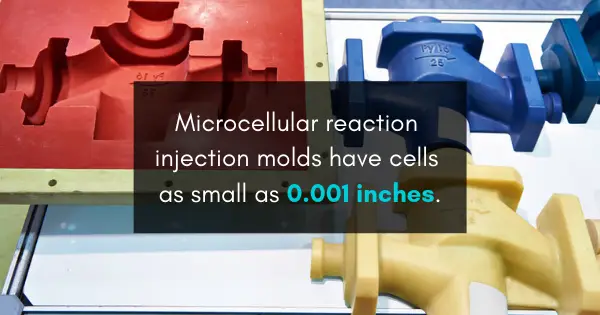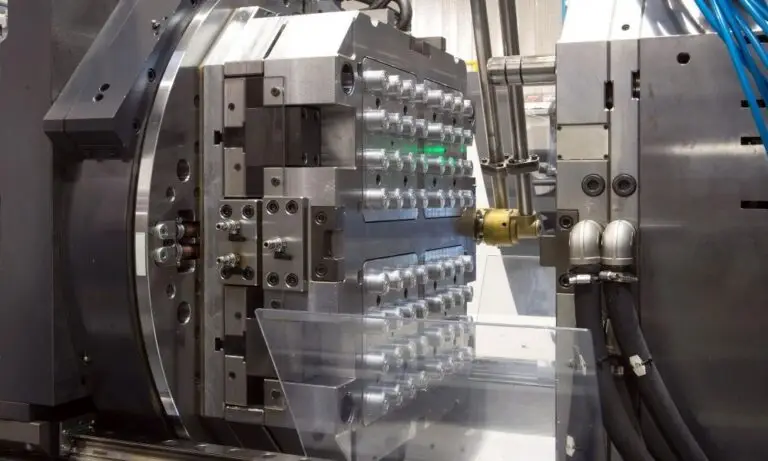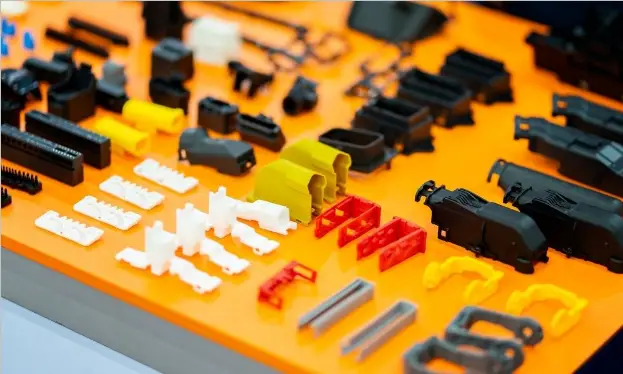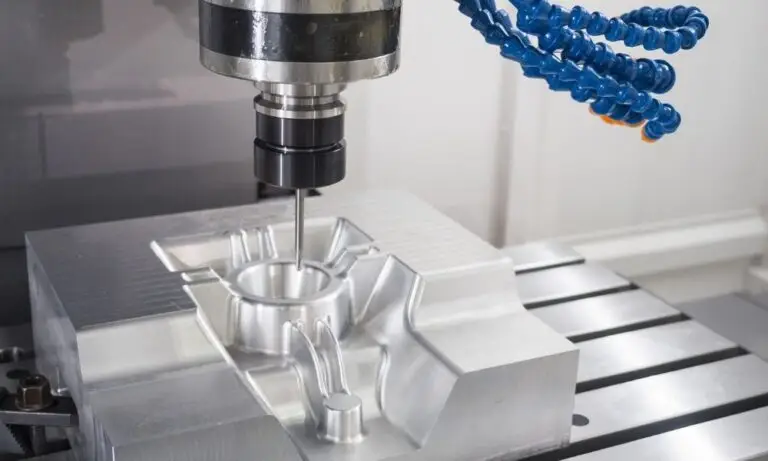Reaction Injection Molding vs. Sheet Metal Production
Reaction injection molding and sheet metal production are two commonly used methods for production of enclosures and housings. Each method provides distinctly different capabilities and results. To determine which is more advantageous for your unique application, consult this simple side-by-side comparison of injection molding versus sheet metal production.
EXTERIOR APPEARANCE
When designing expensive medical devices that are used for highly technical applications, the exterior of the product should aptly represent the modern interior. To create a product that looks as sophisticated on the outside as it does on the inside, sheet metal simply doesn’t suffice. In today’s design-conscious world, a more visually appealing solution is necessary to create products with exteriors that properly represent their capabilities.
One of the benefits of injection molding is that it offers a virtually unparalleled level of design freedom. For example, reaction injection molding allows the designer to create walls of varying thicknesses, curves, and other components that help make the product as attractive as its technology.
EXPENSE
Generally, sheet metal production is regarded as a lower-cost alternative to reaction injection molding. However, there are several hidden costs to opting for sheet metal over RIM. For example, features on sheet metal parts must be cut out and welded or bolted back on rather than molding the featured directly into the RIM mold. This secondary process increases the unit cost of sheet metal production—especially for more sophisticated and intricate designs.
In addition, the weight of sheet metal parts also increases the processes cost of operations. Because injection molded parts are lighter weight, they are easier to ship and manage than heavier sheet metal parts. As such, they are less expensive to ship which means the total cost of RIM operations is often lower.
RESISTANCE TO CORROSION AND RUST
Over time, parts made from sheet metal can start to corrode and rust as a result of a chemical reaction called oxidation. This process typically occurs when the metal is exposed to moisture or oxygen and can cause its structure to weaken and ultimately fail. Reaction injection molded parts, however, are created from polyurethane which does not corrode or rust. As such, the structure of RIM parts will likely remain strong for a longer period of time in comparison to sheet metal parts.
Rimnetics is a leading provider of reaction injection molding services. Whether you need to insert molding magnets, encapsulate parts, or create cosmetic housings, RIM can do it all. To learn how we can help provide you with the molded solutions that your project requires, contact us today.






